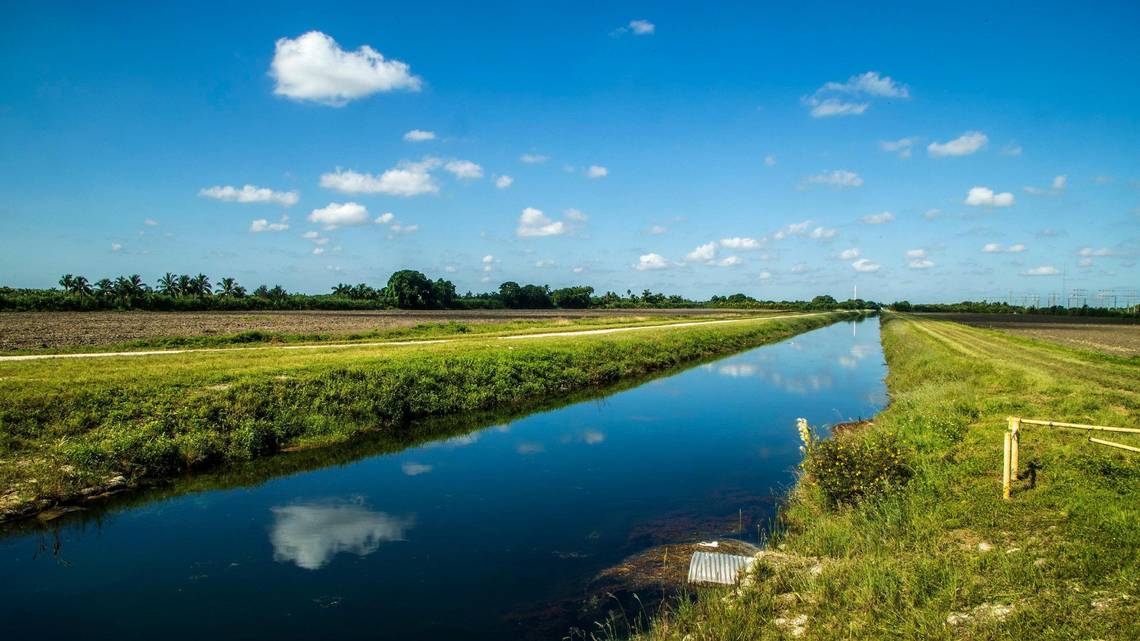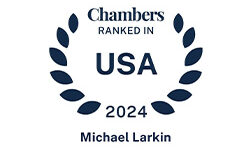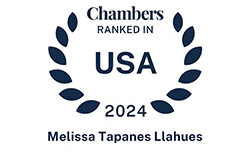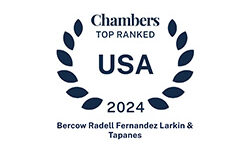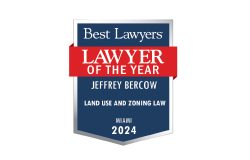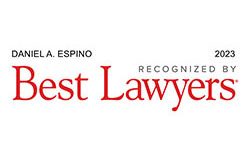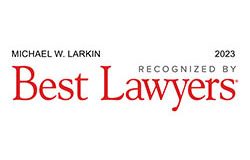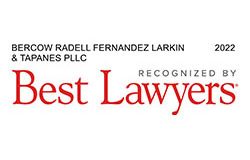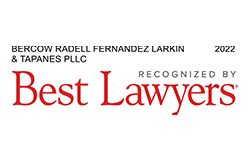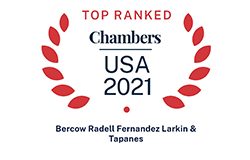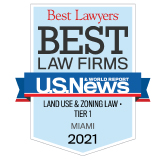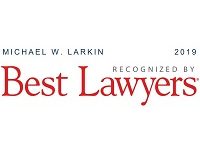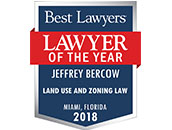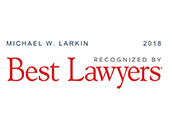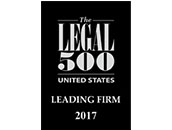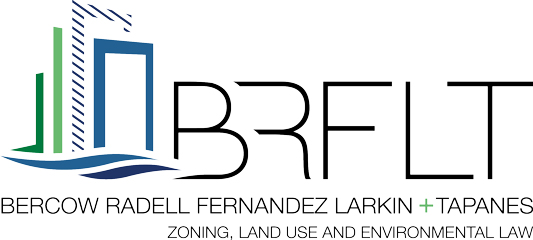CLIENT NEWS: To expand the UDB, developer needs Miami-Dade to change county policy on flood risks
May 19, 2022To build an 800-acre industrial complex on farmland near Biscayne Bay, Miami-Dade County first must loosen its rules on expanding development into areas endangered by coastal flooding.
The policy shift is one of several rule changes requested by the developers behind the South Dade Logistics and Technology District, a commercial project that would go up on agricultural land south of the Florida Turnpike and north of Moody Drive at Southwest 268th Street.
Currently tree farms and cropland, the rectangular area sits outside of the county’s current Urban Development Boundary. That’s the divider between Miami-Dade’s suburbs and its agricultural belt. A final vote on developer Aligned Real Estate Holdings’ proposal for 9 million square feet of commercial space is scheduled for 9:30 am Thursday at the Stephen P. Clark government center, following a public hearing.
 Along with needing a rare vote to expand the “UDB” — the commission hasn’t done that in nine years — Aligned has to secure policy changes related to parts of the site overlapping with Florida’s “Coastal High Hazard Area.”
Along with needing a rare vote to expand the “UDB” — the commission hasn’t done that in nine years — Aligned has to secure policy changes related to parts of the site overlapping with Florida’s “Coastal High Hazard Area.”
That’s a sprawling belt of vulnerable land near the coast. It’s supposed to be the first evacuated for hurricanes, and a last resort for new projects under current Miami-Dade policy.
Adopting “the proposed amendments to existing policies related to the Coastal High Hazard Area would have countywide implications and would likely reduce our community’s resiliency to major hurricanes,” county planning staff wrote in a May 12 report to commissioners urging the application be rejected.
Developers point to aggressive flood-protection requirements built into their standards for the proposed commercial complex for warehouses, call centers and delivery hubs serving the growing South Dade suburbs.
Building it would require the first expansion of the UDB in nearly a decade, relocating the imaginary line dividing suburban development from rural areas. It’s designed to limit sprawl, preserve farmland and create a buffer between Miami-Dade’s suburbs and critical areas around the Everglades.
Backers of the South Dade project call it an example of how Miami-Dade can expand commercial development responsibly into flood-prone areas.
“We’re raising the entire district,” said Jose Hevia, a veteran developer and one of the main partners in the venture.
Developers would use fill to build up the site as much as four feet high above what’s there now, with the floors of the buildings up at least six feet over that.
“To me, it’s an elegant engineering solution,” Hevia said. “We really believe, our engineers believe, this could be a model the county could utilize.”
URBAN DEVELOPMENT BOUNDARY EXPANSION UP FOR A MIAMI-DADE VOTE
The proposed South Dade development created the first showdown on an environmental issue for Levine Cava since she took office in 2020 after campaigning as a defender of the environment. Commissioners overruled her administration’s objections in September, voting 9 to 3 to advance the project’s application to Tallahassee for review by state agencies.
To block approval, Levine Cava needs the count to change since nine votes are required for final approval to expand the UDB.
Even so, a vote Thursday to expand the UDB may not end the contest. Levine Cava said Tuesday she would veto legislation expanding the UDB for the project. A two-thirds vote of by the board is needed to override a mayoral veto — meaning nine votes would be enough to lock in the first UDB expansion since 2013.
In a memo to commissioners released Tuesday night, Levine Cava called the proposal a poorly conceived project in land not suited for commercial construction.
 “This project seeks to convert hundreds of acres of farmland into industrial warehouses squarely in an area we have deemed vulnerable to the impacts from even the weakest of hurricanes,” she wrote.
“This project seeks to convert hundreds of acres of farmland into industrial warehouses squarely in an area we have deemed vulnerable to the impacts from even the weakest of hurricanes,” she wrote.
The Coastal High Hazard Area already includes some of the densest construction in Miami-Dade, including high rises in Miami Beach and stretches of waterfront Miami.
Miami-Dade’s binding land-use policy, the Comprehensive Development Master Plan, calls for leveling out the number of people living or working in vulnerable coastal areas by maintaining new construction in the high-hazard zone to “existing development and zoning.”
The South Dade project requests a permanent, countywide change in that policy, to allow zoning expansions for new commercial projects as long as they’re built to withstand flooding from a Category 1 hurricane.
In an April 27 report warning of environmental damage if Miami-Dade lets the project go forward, the Hold the Line advocacy group said the county would be green-lighting development of an area that’s only going to become more vulnerable as sea levels rise.
“All of the new infrastructure must be elevated because the site is currently highly vulnerable to flooding,” the report said. “In 2021, low areas on the east side of the site flooded during the seasonally-high ‘King Tides’ in Biscayne Bay, in spite of the fact that it is nearly two miles from the bay shoreline.”
DOES SOUTH DADE NEED MORE INDUSTRIAL SPACE?
Though it’s part of the flood-risk zone, the site also falls within one of the county’s Urban Expansion Area. Those are pockets of land just outside the UDB that commissioners have designated for future development once Miami-Dade runs out of buildable land within the existing UDB footprint.
Developers say the South Dade region has an urgent need now for a new warehouse and industrial district to provide approximately 11,500 jobs near bedroom communities where long commutes north are the main option for employment.
But Miami-Dade planners say the region below Southwest 184th Street that includes the proejct site has enough industrial land to meet demand through 2040, so “the application does not satisfy the threshold demonstration of need to warrant expansion of the UDB.”
Lourdes Gomez, director of Miami-Dade’s Department of Regulatory and Economic Resources, which includes the planning and zoning divisions, said there’s no need to take on the added risk of new roads, sewage infrastructure and workplaces in a vulnerable area.
“All of these things hinge on need,” she said. “You want to avoid investment there.”
Jeffrey Bercow, a land-use lawyer and lobbyist representing Aligned, noted Miami-Dade lives with dense development throughout much of the coastal hazard area.
He said Aligned’s requested policy change for new commercial construction in the area would establish a blueprint for the right way to manage growth in a county with wide exposure to sea-level rise.
“If anybody wants to try and exempt themselves from the coastal high hazard area by lifting their property, they’re going to have to go through the same exhaustive process we’ve gone through,” he said.
Published on May 18, 2022 on MiamiHerald.com
